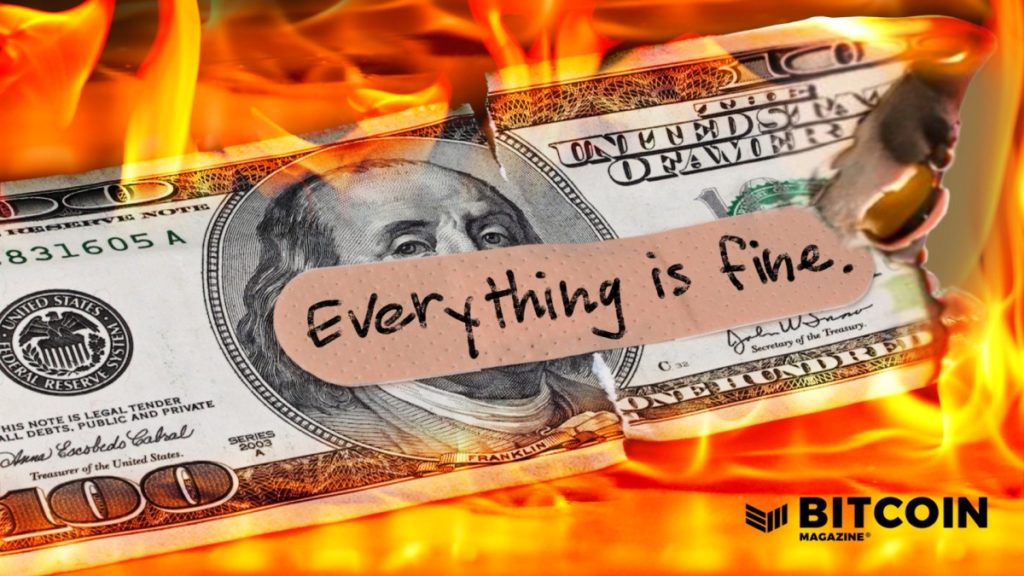As the calendar neared September 2021, the money printer had slowed and individuals were beginning to tire from the toils of trading a basket of work-from-home stocks.
For decades, the Maestro had conducted a seemingly beautiful orchestra, but you can only keep people and financial instruments locked up for so long.
One that cannot be tamed or controlled by a board of 12 members, headed by a chair.
For many years, and more specifically in 2021 and 2022, I’ve watched the rotations of the major financial asset classes.
The eurodollar market is a bit obscure in that its size is relatively unknown , and it was responsible for roughly 90% of international loans in 1997.
For doing so, these intermediary banks received higher interest on the dollars they lent out and also paid a higher level of interest to the rightful, but not actual, owner/holder of the dollars.
However, due to the global spread of fractional reserve banking and financial engineering, we can see that through eurodollars many other banking institutions have been playing “Fed” with their own re-lending of dollars throughout the global financial system.
Over the last 37 years, a clear channel was established for the eurodollar.
During the tough periods, lending and leverage would abate, while credit was unwound and disasters struck global financial markets .
In turn, this selling of assets and moving back to safety, puts pressure on prices and crashes, with late buyers or weak hands losing money.
From the ‘80s to now, the dollar fell from $160s to a low of around $70, while eurodollars rose from around $85 to just under $100.
Zooming in, what’s most interesting is the wedge that has begun to form in recent years.
Second, if you think about eurodollars as a derivative of the dollar, then it would make sense that you would not want to pay over par to lever-up more than needed.
Were Treasuries acting as a savings mechanism while the derivative eurodollar was the credit mechanism? During this period, acting as the global reserve currency, the U.S.
If that were to be, I can imagine it would mean a lot of players in global markets would be de-levering for one reason or another.
A few European countries tried this, only to stop sometime after as they had no idea as to what else might break in the system.
The setup seems to suggest we may see a reflation of stocks, but likely not for too long as there are only two points to the upside before reaching eurodollar par .
Granted, we’ve mocked and criticized Japan for the better part of 30 years, so there would be an about-face if the U.S.
My thought after this review is that the eurodollar has been an instrument that allowed for massive global credit and leverage for over three decades.
Much less, giving it a rating! That’s a fundamental sign, in my opinion, that cryptocurrency is here to stay, and the financial rails are definitely in transition.
Assuming a new unit is added to the foray of leverage , this potentially allows — at minimum — disbursement of the leverage that has happened on a singular sound asset, gold.
In the coming decades, money will be able to flow from our old global dollar financial network to a new financial network built on Bitcoin, because after all, data is the new oil.
These supporting casts will be important as the system continues its transition, much like it did in the 1930s from a gold-based system to the Bretton Woods system of pegged currencies.
